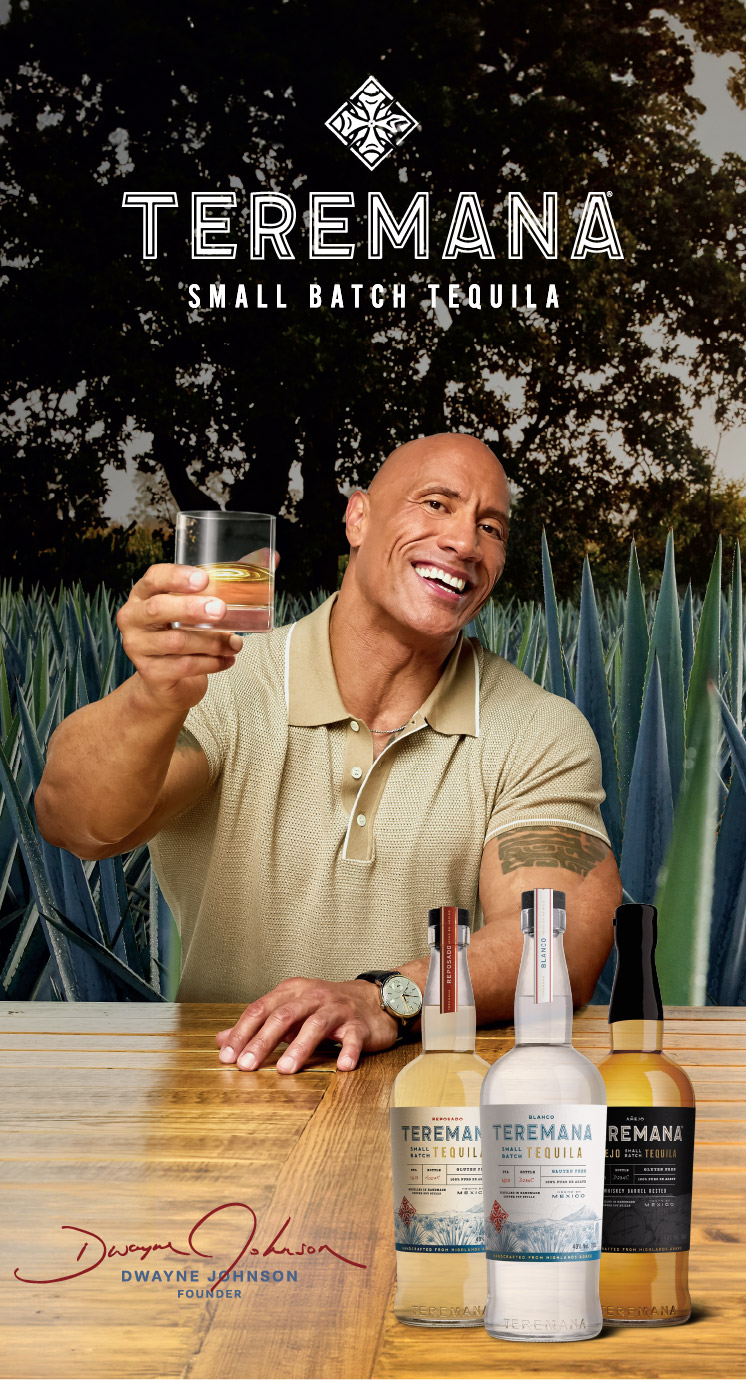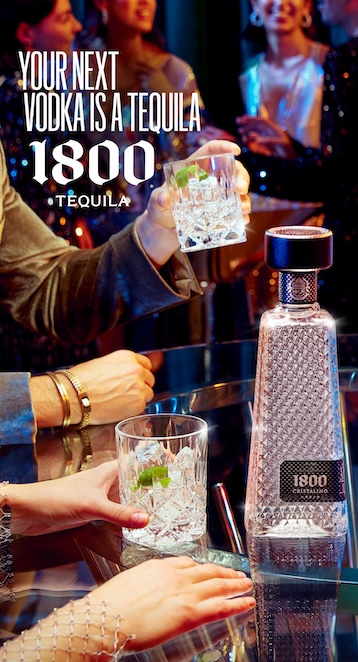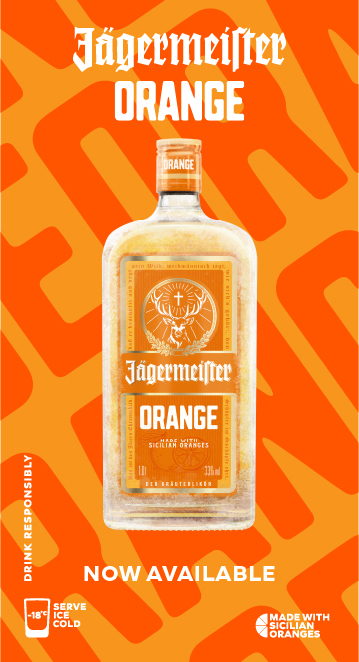The Loch Lomond Group will showcase Scotch whisky brands Loch Lomond, Glen Scotia and Littlemill, alongside its Ben Lomond gin, at the inaugural Moodie Davitt Virtual Travel Retail Expo.
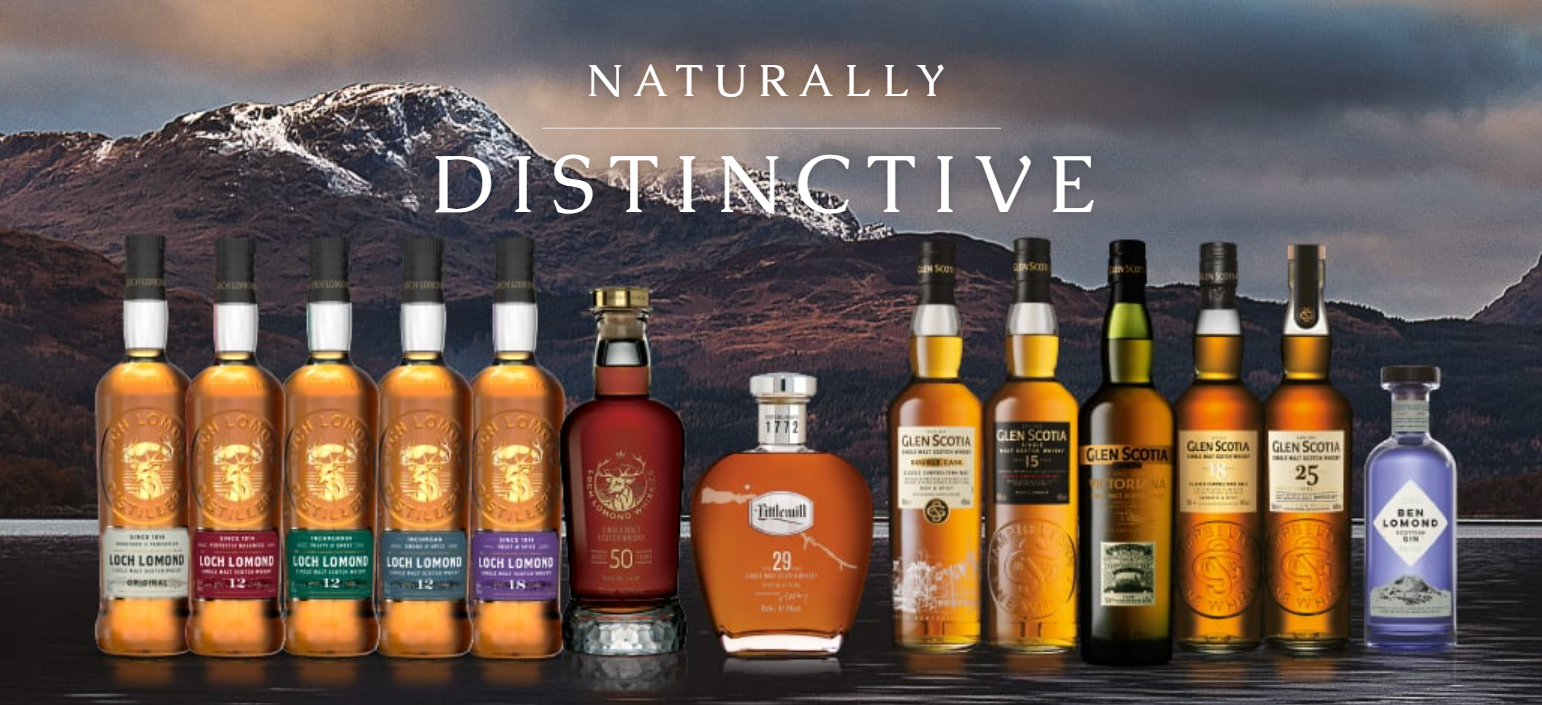 The company, which is a Silver Partner at the Expo, describes itself as “naturally distinctive”. Its heritage, it says, is among the oldest in the whisky industry.
The company, which is a Silver Partner at the Expo, describes itself as “naturally distinctive”. Its heritage, it says, is among the oldest in the whisky industry.
In March 2014 the Loch Lomond Group acquired the Loch Lomond Distillery Company, and, with it, a history which goes back to at least 1772 with the founding of the Littlemill distillery.
The group’s portfolio includes the Loch Lomond single malt, which is distilled and matured on the ‘bonnie banks’, and Glen Scotia, a Campbeltown malt from the Victorian ‘whisky capital of the world’, as well as other high quality blends. Each, according to Loch Lomond Group, is a fine example of its region and style, and “redolent of the landscape and history which has shaped Scotland’s unique spirit”. |
Loch Lomond Group distills and blends some of the world’s finest and rarest Scotch whiskies, including Loch Lomond, Glen Scotia and Littlemill. In a break away from whisky – but not from its Scottish roots – the group has entered the popular gin category with the launch of Ben Lomond Scottish Gin.
Loch Lomond’s market presence has expanded further through a partnership with The Open, the largest golf championship in the world, which is broadcast in almost 200 countries. |
A relative newcomer to travel retail, Loch Lomond Group regards the Virtual Travel Retail Expo as an opportunity to underline its commitment to the channel and its ability to meet challenging market demands for “quality products with real provenance”.
Loch Lomond Group Managing Director Global Travel Retail Andre de Almeida said: “The global travel retail channel is fundamental to the growth of Loch Lomond Group and its brands. We remain committed to it despite the recent challenges affecting travellers and travel retail worldwide.

“In the short term, there is no doubt that COVID-19 has had a significant impact on the channel due to the uncertainty created and the lack of confidence in regards to travel.
As a result, one interesting development is the increased adoption of e-commerce and the virtual world by consumers, which is both an opportunity and a threat to the global travel retail (GTR) channel.”
De Almeida continued: “The investment in GTR will continue across all of our brands following strong business growth in the last few years. As an example, over the past five years across all markets, Loch Lomond Whiskies has become one of the top five fastest growing single malt brands in the world, listed in over 125 markets, including many duty free stores worldwide.”
Loch Lomond Group will showcase all of its brands at the Expo.
| As reported, Loch Lomond Group launched its first global travel retail Scotch whisky range at World Duty Free’s Glasgow Airport store in 2017. A Glen Scotia travel retail range, which included Glen Scotia Campbeltown 1832, Glen Scotia 16yo and Glen Scotia Victoriana was added in 2018. |
As reported, Loch Lomond Whiskies has revamped its portfolio of single malt Scotch whiskies with new packaging and three new exclusive expressions.
New travel retail exclusive expressions – Loch Lomond Madeira Wood Finish, Loch Lomond 14 Year Old Inchmoan and Loch Lomond 18 Year Old Inchmurrin – join Loch Lomond 12 Year Old to offer a range of flavours from the lighter and fruitier to more heavily peated.
 “The new design being rolled out across the Loch Lomond Whiskies GTR range is one such example of how we are looking to continue to enhance our brands to stand out to consumers,” de Almeida said.
“The new design being rolled out across the Loch Lomond Whiskies GTR range is one such example of how we are looking to continue to enhance our brands to stand out to consumers,” de Almeida said.
“We are doing so by improving brand recognition and introducing a contemporary aesthetic, with flavour descriptors allowing travellers to easily navigate their way through the portfolio. Over the years, Loch Lomond Whiskies has grown a strong consumer following, and we believe our new redesigned packaging will not only stand out on the shelves, but will also better communicate the range of flavours found in each expression.”
Glen Scotia Vintage 1991 is distilled at one of only three surviving distilleries in Campbeltown, one of Scotland’s five malt-producing regions.  Loch Lomond said the expression offers Glen Scotia’s signature maritime influences along with a hint of spice and smoke. It is the distillery’s oldest release. Loch Lomond said the expression offers Glen Scotia’s signature maritime influences along with a hint of spice and smoke. It is the distillery’s oldest release.
|
De Almeida described the group’s move into the gin category, with Ben Lomond Premium Scottish Gin, as a “logical extension of our portfolio of award-winning spirits”.
“The gin trend shows no sign of abating across the UK and international markets, which are also developing a taste for it with exports doubling over the last ten years. We expect strong demand for our Ben Lomond Gin in many markets, especially those with traditional Scottish connections.”
| Ben Lomond Gin draws its inspiration from the unique flora, fauna and scenery of the Loch Lomond and Trossachs National Park. It is a London Dry style gin, featuring hand-picked blackcurrants and locally foraged rowan berries to create a soft sweetness.
|
De Almeida stressed the importance of diversity of offer in travel retail.
“Travel will return and we must ensure that a diverse offer is available to those visiting travel retail. A lack of diversity in product offered creates the risk of the ‘shopping mall syndrome’, which in turn reduces the attractiveness of travel retail stores to travellers worldwide.”
“In the world of today, of fake news, instant gratification and mass produced commodities, there is a desire for authentic quality, for products with real provenance. This is reflected in the growing trend for craft spirits and it highlights how the diversity of offer remains as important now as it was before the crisis”
De Almeida suggested a “deeper level of engagement with brands would allow travel retailers to develop more attractive opportunities for travellers”.
“In the world of today, of fake news, instant gratification and mass produced commodities, there is a desire for authentic quality, for products with real provenance. This is reflected in the growing trend for craft spirits and it highlights how the diversity of offer remains as important now as it was before the crisis.
“As an example, I would still expect a strong demand among travellers worldwide who want to experience a taste of Scotland through Scotch whisky, and I am confident that our range of single malts from Loch Lomond, Glen Scotia and Littlemill will offer something new and interesting to those consumers.”
“Craft spirits could help in creating excitement and bring back to stores potential shoppers such as frequent business travellers and younger passengers (of legal drinking age of course)”
Considering the strength of the craft spirits category, de Almeida cited research which suggests that spirit drinkers would be encouraged to pay more when a craft element is conveyed and combined with other factors such as differentiation.
“Authentic experiences can enhance this offering further and create engagement,” he said. “Consumers continue to look out for new and interesting brands and flavours on offer across different categories.
“Travel retailers should capitalise on this craving for authenticity by increasing the diversity of their offer, by actively promoting the craft spirit segment through activations, and by telling their story both in-store and via digital means. Craft spirits could help in creating excitement and bring back to stores potential shoppers such as frequent business travellers and younger passengers (of legal drinking age of course).”


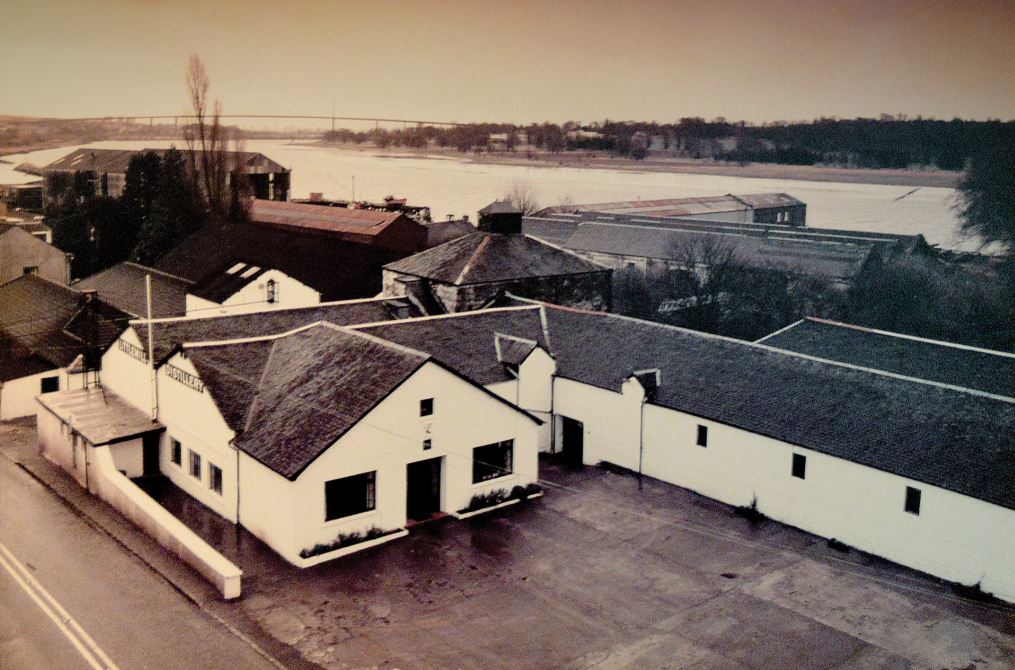 In 1814, the original site of the Loch Lomond distillery was established near Tarbet towards the North West end of Loch Lomond. In 1832, the Glen Scotia distillery was founded in Campbeltown and is one of only three distilleries remaining in Campbeltown from that era.
In 1814, the original site of the Loch Lomond distillery was established near Tarbet towards the North West end of Loch Lomond. In 1832, the Glen Scotia distillery was founded in Campbeltown and is one of only three distilleries remaining in Campbeltown from that era. Later, in the same year, the group introduced the Littlemill single malt Scotch whisky to the channel.
Later, in the same year, the group introduced the Littlemill single malt Scotch whisky to the channel. Littlemill Vintage 1992 comes from three casks. Every bottle is numbered and a 5cl vial is included for those who would like to sample the whisky while keeping the bottle intact.
Littlemill Vintage 1992 comes from three casks. Every bottle is numbered and a 5cl vial is included for those who would like to sample the whisky while keeping the bottle intact.
